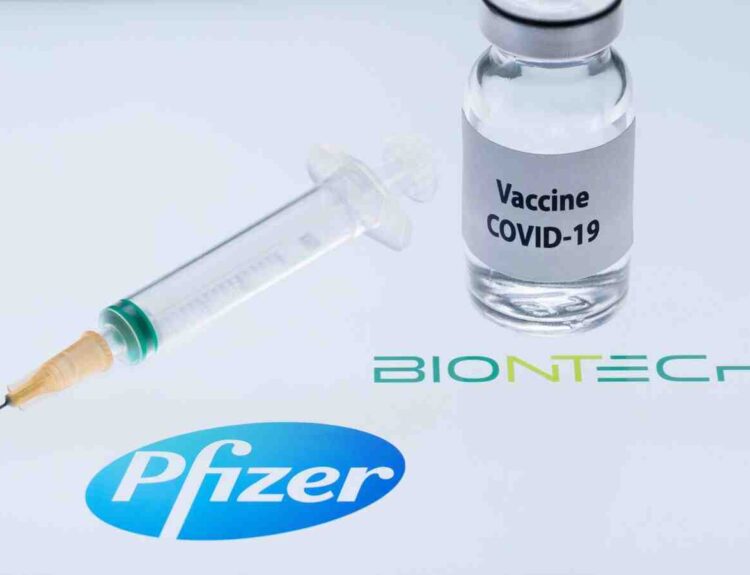How telehealth is revolutionizing abortion access
- The Supreme Court rejected an effort to restrict access to the abortion pill mifepristone
- Telehealth for medication abortion became available in 2020
- In September 2023, 16% of all abortions within the formal U.S. healthcare system were performed via telehealth
- Twenty-six states and D.C. allow telehealth for medication abortion
- Patients in states that don’t permit abortions can turn to telehealth providers in other states
- Fourteen states currently ban abortion throughout pregnancy
- In states that ban nearly all abortions, 59% of reproductive-age women must drive at least 200 miles to the nearest provider
- Despite greater driving distances, the U.S. abortion rate has increased and an increased share of abortions are via medication
The Supreme Court recently rejected an effort to restrict access to the abortion pill mifepristone, allowing telehealth for medication abortion to continue. Telehealth for medication abortion became available in 2020, allowing certified mail-order pharmacies to ship pills to patients during the pandemic. These changes became permanent in 2023, when certified bricks-and-mortar pharmacies were also allowed to dispense the pills. In September 2023, 16% of all abortions within the formal U.S. healthcare system were performed via telehealth. Currently, 26 states and D.C. allow telehealth for medication abortion, while the remaining states have restrictions that supersede federal guidance. Patients in states that don’t permit abortions can turn to telehealth providers in other states, and some states have shield laws that protect telehealth abortion providers who treat out-of-state patients. However, 14 states currently ban abortion throughout pregnancy, which has increased the driving distances for many patients. In these states, 59% of reproductive-age women must drive at least 200 miles to the nearest provider. Despite these challenges, the U.S. abortion rate has increased since the Dobbs ruling, and an increased share of abortions are now done via medication.
Factuality Level: 8
Factuality Justification: The article provides accurate and objective information about the Supreme Court’s decision regarding access to mifepristone, telehealth for medication abortion, state restrictions, and the impact of Dobbs v. Jackson Women’s Health Organization on abortion access. It cites reputable sources such as Guttmacher Institute and Middlebury College’s Myers Abortion Facility Database. The article also includes relevant statistics and data to support its claims.
Noise Level: 4
Noise Justification: The article provides relevant and informative content about telehealth access to medication abortion after the Dobbs v. Jackson Women’s Health Organization case, discussing the current situation and potential future scenarios. It includes data from reputable sources and presents a balanced view of the issue. However, it could benefit from more in-depth analysis or discussion on the long-term implications of these changes.
Key People: Max Rust (contributor)
Financial Relevance: Yes
Financial Markets Impacted: The ruling may impact pharmaceutical companies and telehealth providers involved in the distribution of mifepristone.
Financial Rating Justification: This article discusses a Supreme Court decision related to access to the abortion pill mifepristone, which could affect the pharmaceutical industry and telehealth providers. The ruling has implications for the availability and distribution of the drug, potentially impacting companies involved in its production and delivery. Additionally, the increase in medication abortions may have financial consequences for these industries.
Presence Of Extreme Event: No
Nature Of Extreme Event: No
Impact Rating Of The Extreme Event: No
Extreme Rating Justification: There is no extreme event mentioned in the article.·
 www.wsj.com
www.wsj.com 





